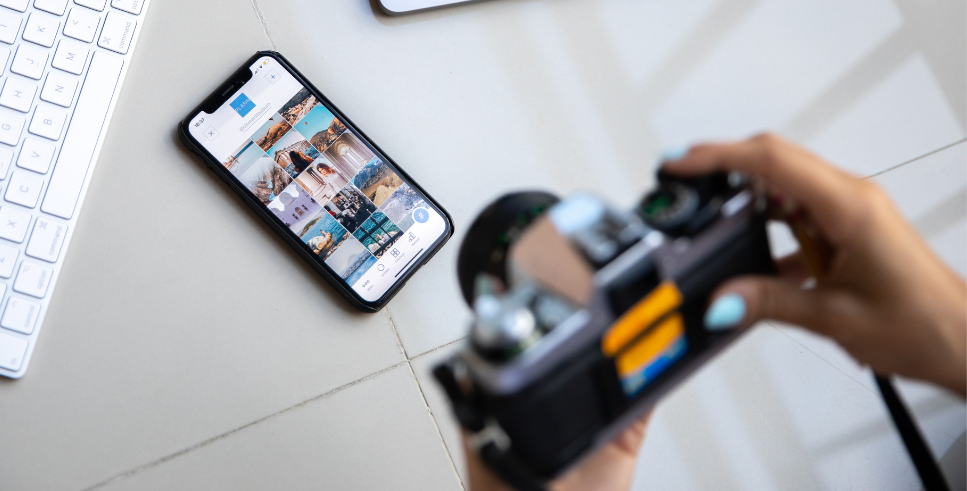Photos and Videos

Photography and video can play a crucial role in conveying messages more effectively than text alone. They really can capture attention and tell a story in their own right. It's also an opportunity to help those outside your chaplaincy feel like they can connect with those inside your church.
For those already in your church community, they can be a wonderful way to share, encourage and document chaplaincy life. They don’t need to be perfect, but there are some simple principles to follow that will greatly enhance their quality and increase the impact they can have.
Here are some downloadable PDF help sheets. They are intended to offer some key starter considerations:
Communications Tips: Using Photos
Communications Tips: Filming on your mobile phone
Explore these areas below:
- First Steps in taking great photos in a church
- Repurposing content
- Low Light photography tips for smartphones
Some key equipment for recording on your phone
We are often asked this question. Refer to the downloadable pdf above for context, but examples of resources that will help elevate your filming are below. These are all from Amazon for ease of viewing - there are many retailers of course, and a plethora of equipment to choose from. Ensure you check the size of your phone and be realistic about what you will use it all for. Simple is good.
Consents
The Church of England has a good resource in terms of advice around consent and licencing here: Filming and Photography in Church
Also please refer to the drop down below.
Organisation is key
Keep your own photographs in a way that enables you to keep all the relevant information together:
- Title your photograph
- Keep a record of who is in it, where it was taken and what is happening
- Keep a copy of any relevant licences with it
Keeping organised like this ensures:
- You can find an image in the future
- If you are asked about an image, you have the licence to hand
- Don't keep every photo you've ever taken, just keep those that are your best ones
At the Diocese, we use Flickr as an online library system. At the time of writing, you can have a free account to store up to 1000 images. We keep all our settings to Private so that only internal people can view it, and only store our favourite photos in it. Flickr is great because you can share it with team members and log in the comments when you have used a certain image.
Copyright and images
We know how difficult it can be to find good or new pictures for your websites – we often have the same challenge in the Diocese.
However, please do not be tempted to use images like photos you happen to see in other media, or from other websites or organisations, and put them up on your chaplaincy websites.
Large organisations actively use agents to monitor, detect and follow-up the use of images under copyright with fines for a single copyright breach often large (exceeding 1000 EUR).
The safest way for a chaplaincy not to risk such punitive action is not to use images under copyright at all.
Using stock images
Whenever you use an image, just make sure you have permission to do so. Sometimes you can use an image so long as you credit the photographer - so long as you follow the guidelines, there are plenty to choose from (although of course if you take a photo yourself, it's yours!):
A Church Near You Resources Hub and Digital Downloads
Canva Pro is an excellent resource, which we often use as a Diocese
Flickr has lots of images freee to use under Creative Commons. If you decide to use one, we recommend:
Commenting on the photograph to say where and how you've used it, with a note of thanks
Taking a screenshot of the licence related to it and keeping it safe and logged, in case of future queries.
Important Note: Given over 80 legal jurisdictions in the Diocese, we’re not able to offer a pan-diocesan, one-size fits approach on copyright issues. But we hope these essential pointers will help chaplaincies. We’ll keep this guidance under review, and update it as needed. Please note that you will need to check the legal position regarding copyright in your legal jurisdiction. The content of this article is for help and support, and does not constitute Diocese in Europe Board of Finance legal advice to users of this site.